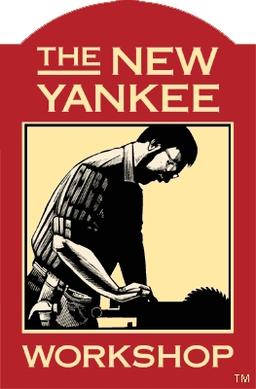My first project is really coming together!
Built a set of drawers cabinets to my wife’s specs for the closet. Still have uppers, face frame and overlay fronts to do, but the garage was too full to keep going.
4ft (122cm) tall bank of drawers with full extension soft close undermount slides. 88in.(222cm) wide.
Feel free to make fun of the 2x4 toe kick! Rest assured I’ve learned my lesson.
All cuts made with my portable DeWalt table saw after breaking down sheets with my Ryobi circular saw and a harbor freight clamp as an edge guide.
I have wanted to build a set of drawers like this but I’m afraid that the drawers will not be level.
Did you have a trick for that?
Are you worried about the cabinets or the drawers themselves?
For the drawers, I used a wide scrap to set the height (and level) of the top slide, then another for the 2nd and cut it down for the 3rd. The bottom one is well, on the bottom.
For the cabinets, the sides were luckily enough the width of the standard sheet of plywood. I built the toekick as a separate unit (out of 2x4s, and I should have used plywood because even my straightest 2x4s were … not). I set the cabinets on the toekick in place and got lucky with level, but the toekick rocked a solid ⅜in (9.5mm). so I flipped the cabinet to apply the same weight and offer an access to the toekick and screwed another chunk of 2x4 to the toekick on the floor. Then I screwed the cabinets to the wall (using a magnetic “stud finder” (stud buddy) because I’m lucky enough to have drywall screws to locate studs) using some shims to level against the wall (solid ¾in/19mm bow in the middle).
My fear is that regardless of how much and how accurately I measure, that I won’t drill the rails for the drawers straight. I know it’s one of those things I should just buckle up and do it and learn lessons but it’s a constant nagging thing in my mind.
But what you described sound pretty straightforward. Using scrap wood as kind of a story stick and then making sure the holes are set to the story stick makes sense. Especially when it’s relative to the bottom.
See 18:38 for a demonstration. I also clamped the board to the side.
Nota bene: because I wasn’t convinced I’d be able to make boxes neatly enough to the measurements on my first project, I installed the drawer slides in the cabinet before constructing the boxes. That gave me the relative width I needed since the box needs to straddle the slides.
I should also note that because this was my first project (literally the first things I cut besides the test cuts at the little introduction to woodworking course I took at the maker shop to get familiar with the table saw around someone who knows what they’re doing), it took me a couple months to build the courage to start, and each step required rewatching videos to capture things they gloss over, like how to clamp things or hold the nail gun to avoid blowout, etc. I tried to meticulously plan out every step before I went to the garage. And then not get angry with myself when, for example, I notched 4 extra drawer faces for the slides (seen on the rightmost bank)
Very nice! How did you do your joinery? Glue? Screws? Pocket screws?
I started by attempting to screw the cabinets together, but this cheap birch split immediately even with pilot holes (you can see the blowout that settled the matter on the right side of the stretcher on the left cabinet).
I immediately ordered a massca pocket hole jig.
It worked great, but between the wood and the bit it came with, there was a lot of raggedy tear out even when taking multiple shallow plunges.
On the drawers, I started with glue and brads with the narrow stack, following the simple method I saw in several videos (hat tip to bourbon moth on youtube for convincing me I could do this), cutting off the entire dado on the back piece. The ¼in drawer bottoms were definitely too flimsy for that method on the wide drawers, so I notched the corners for the slides and used pocket holes so I could still remove the bottom if the crappy lauan fails.
I really gotta find a better lumber place for the next project.

